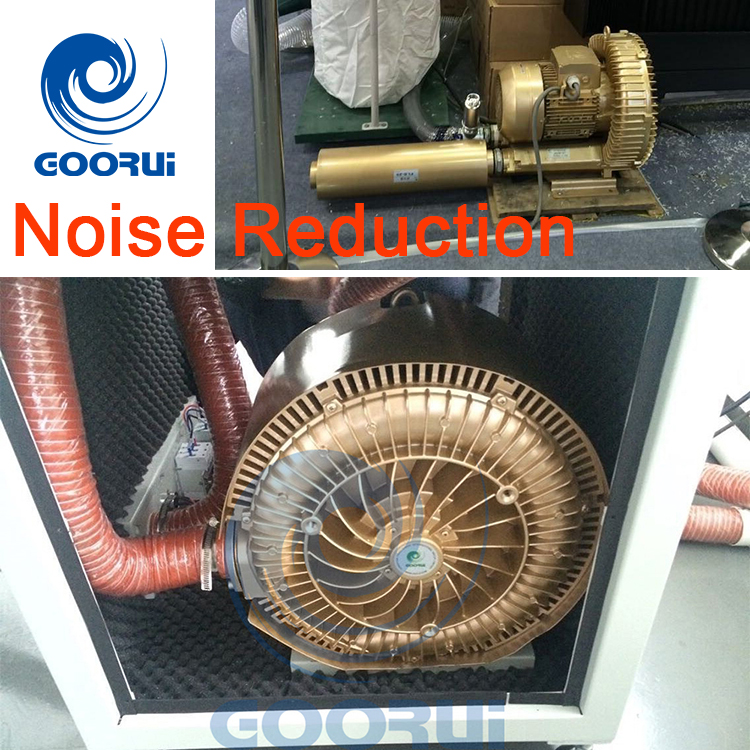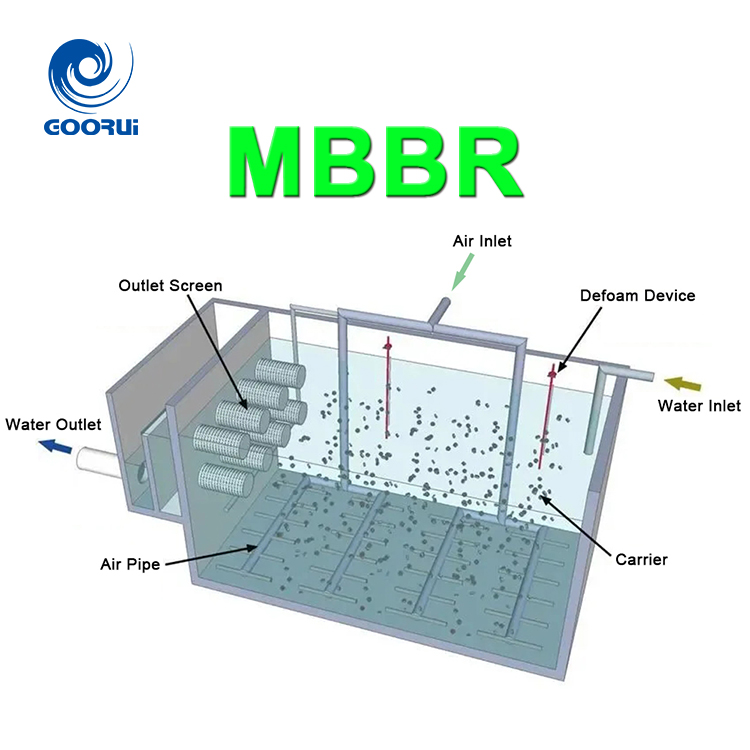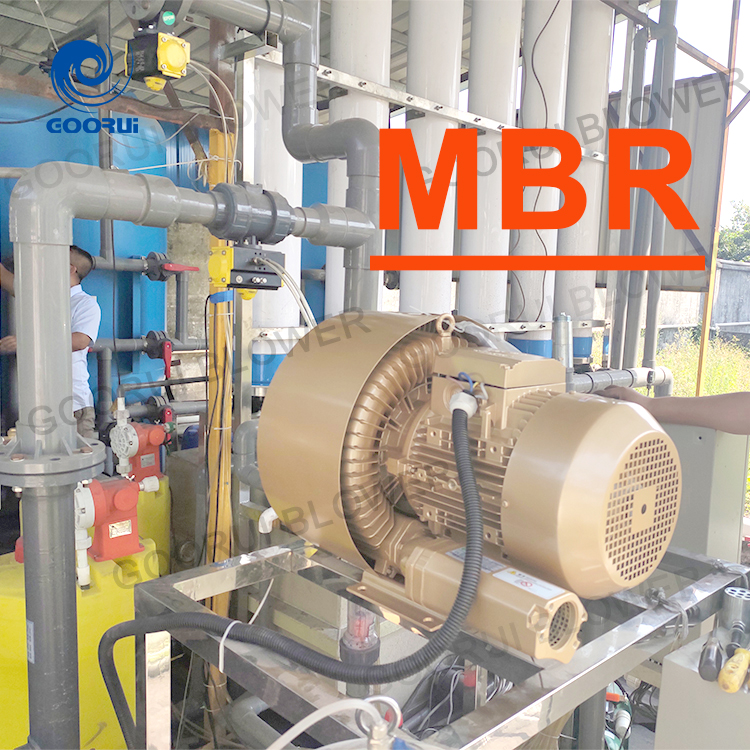ATEX refers to two European Union directives focused on equipment and workplaces where potentially explosive atmospheres may occur. The term is derived from the French “ATmosphères EXplosibles”. ATEX aims to protect workers from potential explosions by regulating equipment and work practices in areas where flammable gases, vapors, mists, or combustible dust might be present.
Key aspects of ATEX:
Two Directives:
ATEX involves two main directives:
·Directive 2014/34/EU: Focuses on equipment and protective systems intended for use in potentially explosive atmospheres. It outlines essential health and safety requirements and conformity assessment procedures for products entering the EU market.
·Directive 1999/92/EC: Focuses on minimum regulations for improving employee health and safety in areas with potentially explosive atmospheres.
Hazardous Zones:
ATEX categorizes areas into zones based on the frequency and duration of explosive atmosphere presence. These zones help determine the appropriate level of protection required.
·Gas:Zones 0, 1, and 2 (permanent, occasional, and unlikely presence of explosive gas, respectively).
·Dust:Zones 20, 21, and 22 (similar to gas zones, but for combustible dust).
ATEX Certification:
Equipment intended for use in ATEX zones must be certified to ensure it is safe for use in those environments. This certification involves rigorous testing and assessment by a Notified Body.
Explosion Protection:
ATEX emphasizes a layered approach to explosion protection, including:
·Primary protection: Preventing the formation of explosive atmospheres.
·Secondary protection: Preventing ignition of hazardous atmospheres.
·Tertiary protection: Limiting the effects of an explosion.
Examples of ATEX Applications:
ATEX applies to a wide range of industries where explosive atmospheres are a concern, including:
-Oil and gas
-Chemical processing
-Mining
-Food processing
-Pharmaceutical manufacturing
-Power generation
-Other manufacturing facilities






